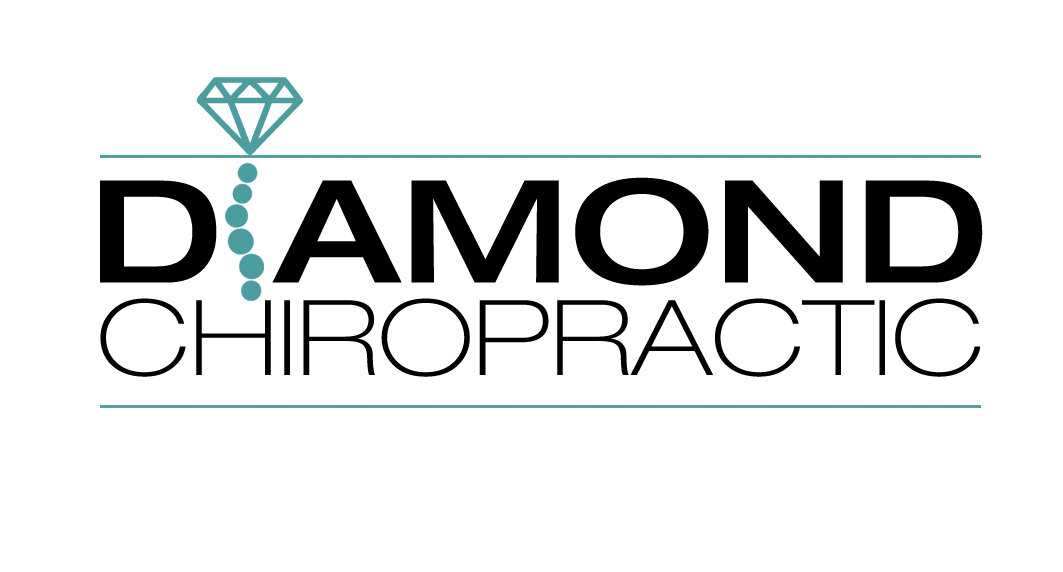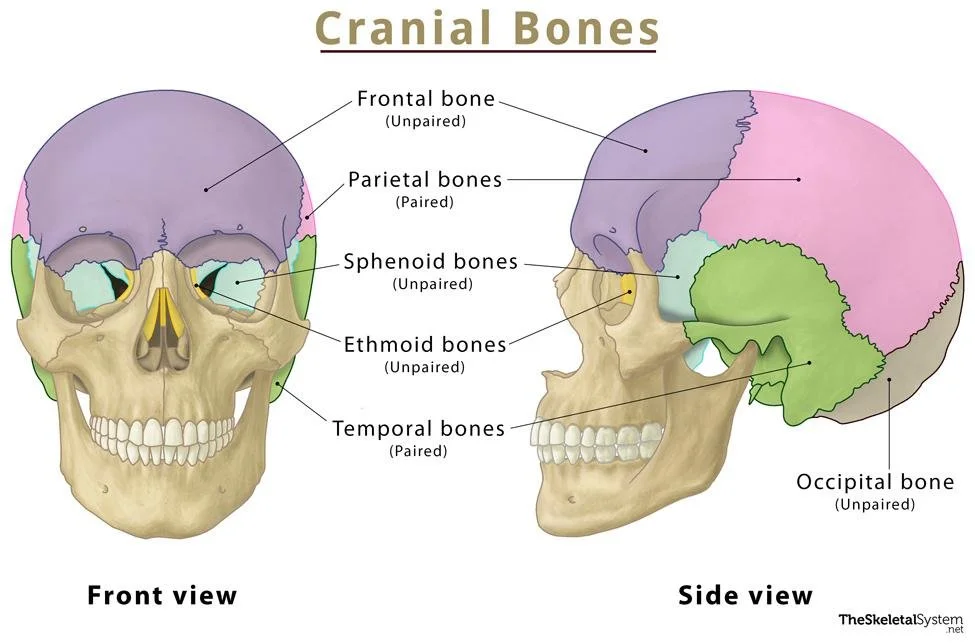A blocked tear duct occurs when the eye’s drainage system is obstructed, causing excessive tearing, irritation, and discomfort. This occurs due to various factors such as inflammations, infections, injuries, or structural abnormalities.
Blocked tear ducts are a common condition, especially in babies. It is estimated that up to 20% of newborns may experience blocked tear ducts, which usually resolve on their own within a few months. However, in some cases, the blockage may persist and require medical intervention.
Normal vs blocked tear duct
Traditional treatment
The conventional treatment methods for blocked tear ducts include warm compresses, massage, and, in severe cases, surgical procedures. These methods aim to clear the obstruction and facilitate normal drainage of tears from the eyes.
While traditional treatments are effective for many patients, they may have limitations such as a risk of infections from surgical procedures, or temporary relief from warm compresses and massage. Additionally, surgery carries the usual risks associated with invasive medical procedures.
It's important to understand the potential drawbacks of traditional treatment to explore alternative, holistic approaches.
Unconventional approach
Individuals seeking alternative treatments may explore holistic options such as chiropractic care, essential oils, acupuncture, and dietary changes to address the root causes of blocked tear ducts and promote overall eye health.
Chiropractic Care - Chiropractic adjustments may help address misalignments that can contribute to blocked tear ducts.
Essential Oils - Certain essential oils may offer anti-inflammatory and antimicrobial properties.
Acupuncture - Acupuncture may help improve energy flow and relieve congestion in the affected areas.
Dietary Changes - Adjusting the diet to include more anti-inflammatory foods can support eye health.
The Role of Chiropractic Care
Chiropractic care offers a non-invasive and holistic approach to improving the overall function of the body, including the visual system. Though focused on spinal adjustments, correcting misalignments may contribute to eye-related issues.
One important aspect of chiropractic care is the understanding of how cranial bones can affect the tear ducts. The cranial bones, including the frontal, sphenoid, and ethmoid bones, surround and protect the tear ducts. Misalignments in these bones can potentially interfere with the proper drainage of tears, leading to blockages and related symptoms.
Skull anatomy
observe the placement of the frontal, sphenoid, and ethmoid bones
In addition to cranial bones, other structures around the eyes can also contribute to tear duct blockages. The palate, for example, which separates the nasal and oral cavities, can affect the function of the tear ducts. Ties or restrictions in the oral cavity can also impact the tear ducts, as they are all connected through the body's fascial system.
Through gentle realignment of the spine and targeted adjustments around the affected areas, chiropractic care aims to promote overall body balance and restore proper tear duct function. testimonials from individuals have experienced ruduced redness and inflammation as well as resolution to chronic tearinng and dicomfort. In addition to adjustments, chiropractors may also provide self-care recommendations for continued improvement.
In conclusion, holistic and unconventional approaches offer promising alternatives to traditional treatment methods for blocked tear ducts. It's essential to consult with qualified practitioners and explore various holistic options to determine the most suitable approach for individual needs and circumstances.


